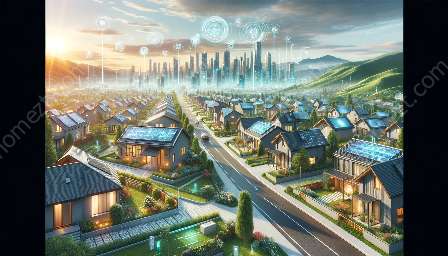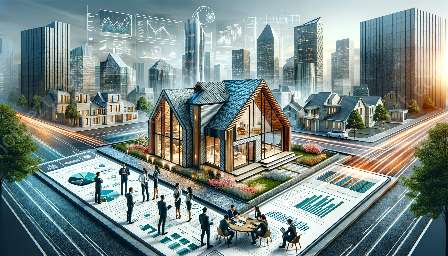As sustainability continues to be a key focus for homeowners, the roofing industry has seen a surge in eco-friendly and sustainable roofing options. From green roofing materials to energy-efficient solutions, there are several choices available for those looking to minimize their environmental impact while improving their homes.
Benefits of Sustainable Roofing
Before delving into the various sustainable and eco-friendly roofing options, it's important to understand the numerous benefits they offer. Sustainable roofing not only reduces the carbon footprint of your home but also provides long-term cost savings, improved durability, and enhanced energy efficiency. Additionally, eco-friendly roofing materials can contribute to better insulation, natural cooling, and increased property value.
Types of Eco-Friendly Roofing Materials
When considering environmentally conscious roofing solutions, homeowners have a variety of materials to choose from. Some of the most popular eco-friendly roofing options include:
- Metal Roofing: Known for its longevity and recyclability, metal roofing is a sustainable choice that reflects heat and reduces energy consumption.
- Solar Tiles: These innovative tiles harness solar energy to generate electricity, making them a renewable and eco-friendly roofing option.
- Wood Shingles: When sourced from responsibly managed forests, wood shingles offer a natural and biodegradable roofing solution.
- Green Roofing: Living roofs, or green roofing, involve growing vegetation on the roof, providing natural insulation and reducing urban heat islands.
- Recycled Shingles: Made from recycled materials such as rubber or plastic, these shingles offer a sustainable alternative to traditional roofing materials.
Eco-Friendly Roofing Techniques
In addition to the materials used, there are several techniques that can further enhance the eco-friendly nature of a roof. This includes:
- Proper Insulation: Effective insulation minimizes energy loss, reducing the need for artificial heating and cooling.
- Rainwater Harvesting: Installing rain barrels or cisterns to collect and store rainwater can help reduce water consumption and runoff, benefiting both the environment and your wallet.
- Energy-Efficient Skylights: Skylights not only provide natural light but can also be designed with energy-efficient glazing, reducing the need for artificial lighting.
- Cool Roofing: Utilizing reflective roofing materials can lower the roof's temperature, decreasing the demand for air conditioning in warmer climates.
Choosing the Right Sustainable Roofing Option
When selecting a sustainable roofing solution for your home, it's essential to consider various factors, including your local climate, budget, and aesthetic preferences. Consulting with a professional roofing contractor with expertise in sustainable options can help streamline the decision-making process and ensure a successful installation.
Conclusion
As homeowners become increasingly conscious of their environmental impact, the demand for sustainable and eco-friendly roofing options continues to grow. By embracing eco-conscious materials and techniques, homeowners not only contribute to environmental sustainability but also benefit from long-term cost savings and improved property value.





















